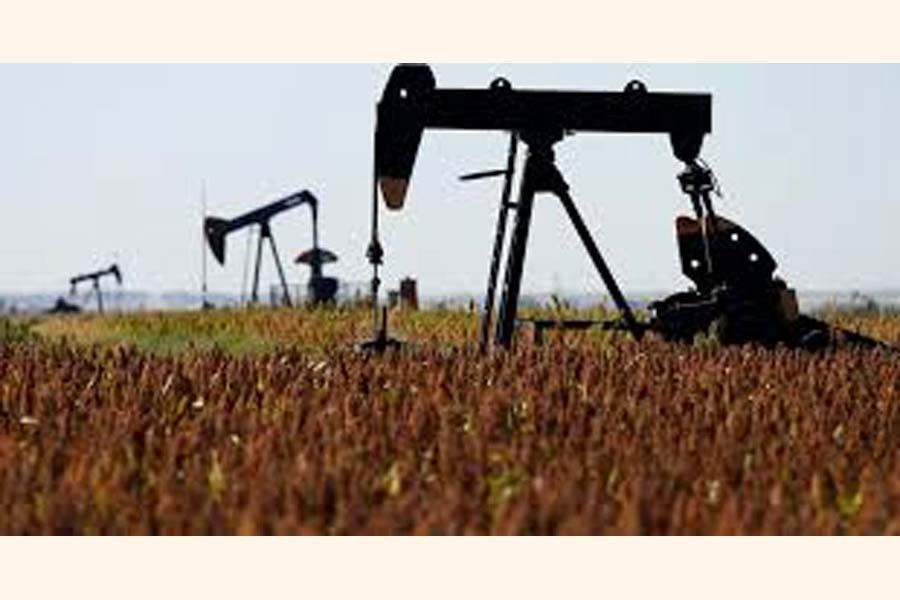
COP29 reveals world's most polluting cities amid fossil fuel frustration
Saturday, 16 November 2024

BAKU, Azerbaijan, Nov 15 (AP): Cities in Asia and the United States emit the most heat-trapping gas that feeds climate change, with Shanghai the most polluting, according to new data that combines observations and artificial intelligence.
Nations at U.N. climate talks in Baku, Azerbaijan are trying to set new targets to cut such emissions and figure out how much rich nations will pay to help the world with that task. The data comes as climate officials and activists alike are growing increasingly frustrated with what they see as the talks' - and the world's - inability to clamp down on planet-warming fossil fuels and the countries and companies that promote them.
Seven states or provinces spew more than 1 billion metric tons of greenhouse gases, all of them in China, except Texas, which ranks sixth, according to new data from an organization co-founded by former U.S. Vice President Al Gore and released Friday at COP29.
Using satellite and ground observations, supplemented by artificial intelligence to fill in gaps, Climate Trace sought to quantify heat-trapping carbon dioxide, methane and nitrous oxide, as well as other traditional air pollutants worldwide, including for the first time in more than 9,000 urban areas.
Earth's total carbon dioxide and methane pollution grew 0.7% to 61.2 billion metric tons with the short-lived but extra potent methane rising 0.2%. The figures are higher than other datasets "because we have such comprehensive coverage and we have observed more emissions in more sectors than are typically available," said Gavin McCormick, Climate Trace's co-founder.
Plenty of big cities emit far more
than some nations
Shanghai's 256 million metric tons of greenhouse gases led all cities and exceeded those from the nations of Colombia or Norway. Tokyo's 250 million metric tons would rank in the top 40 of nations if it were a country, while New York City's 160 million metric tons and Houston's 150 million metric tons would be in the top 50 of countrywide emissions. Seoul, South Korea, ranks fifth among cities at 142 million metric tons.
"One of the sites in the Permian Basin in Texas is by far the No. 1 worst polluting site in the entire world," Gore said. "And maybe I shouldn't have been surprised by that, but I think of how dirty some of these sites are in Russia and China and so forth. But Permian Basin is putting them all in the shade."
China, India, Iran, Indonesia and Russia had the biggest increases in emissions from 2022 to 2023, while Venezuela, Japan, Germany, the United Kingdom and the United States had the biggest decreases in pollution.
The dataset - maintained by scientists and analysts from various groups - also looked at traditional pollutants such as carbon monoxide, volatile organic compounds, ammonia, sulfur dioxide and other chemicals associated with dirty air. Burning fossil fuels releases both types of pollution, Gore said.
This "represents the single biggest health threat facing humanity," Gore said.
Climate talks wrestle with fossil fuel interests
On Friday, former U.N. secretary-general Ban Ki-moon, former U.N. climate chief Christina Figueres and leading climate scientists released a letter calling for "an urgent overhaul" on climate talks.
The letter said the "global climate process has been captured and is no longer fit for purpose" in response to Azerbaijan's president Ilham Aliyev saying that oil and gas are a "gift of the gods."
U.N. Environment Programme Executive Director Inger Andresen said she understands much of the frustration in the letter calling for massive reform of the negotiation process, but said their push to slash emissions fits nicely with U.N. Secretary-General Antonio Guterres' constant prodding.